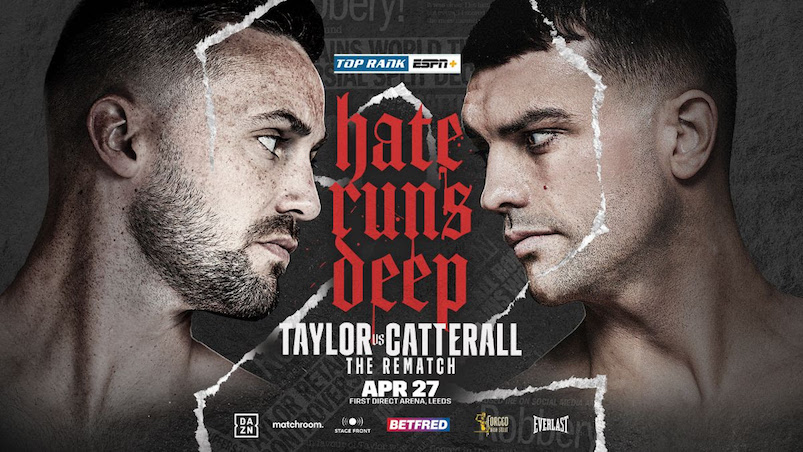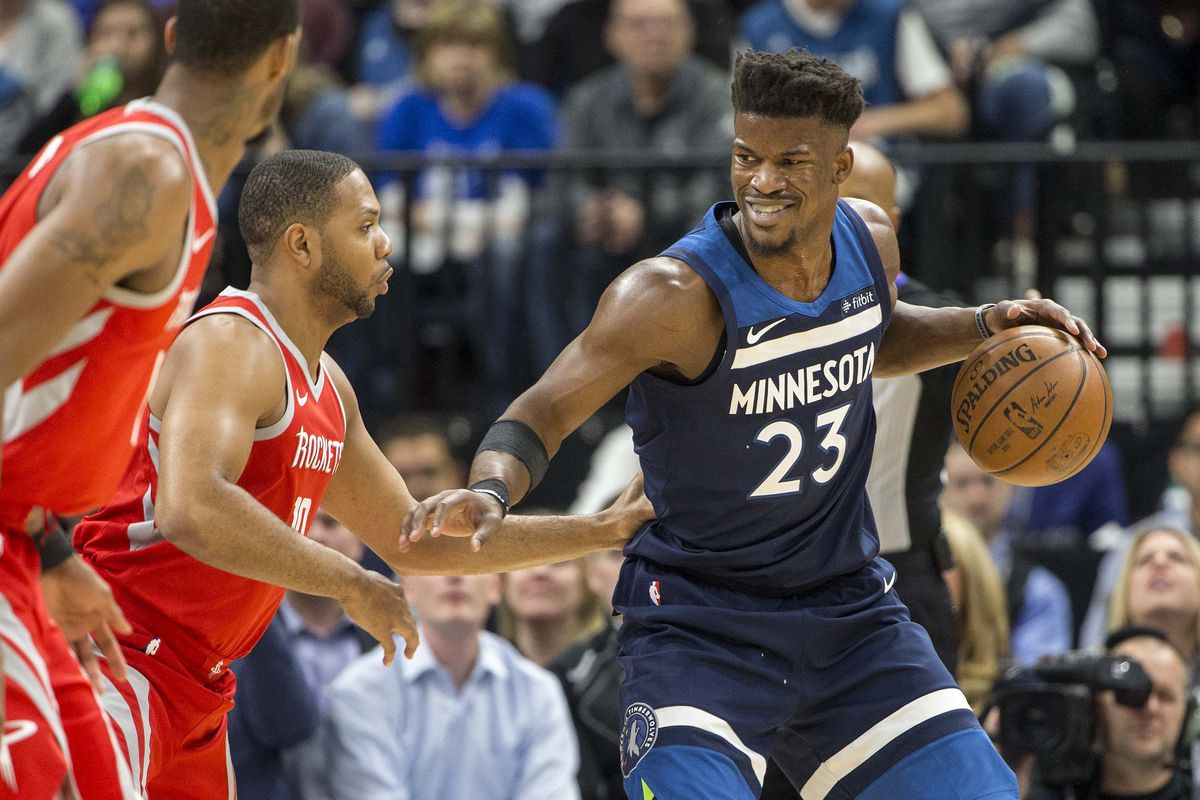The supermax has worked for some teams ... but not for everyone.
The NBA created a new type of contract in its 2017 labor deal in direct response to Kevin Durant’s decision to leave the Thunder for the Warriors a year prior. This was officially called the Designated Veteran Contract, but we call it the supermax.
It allows teams to offer homegrown elite players coming off their rookie extensions deals starting at 35 percent of the salary cap, contracts normally reserved for players with 10 or more years of service. No other team can offer this after the players’ eighth or ninth season in the NBA, creating a real financial incentive for superstars to re-sign with the team that developed them.
Of course, the supermax didn’t totally work that way in practice.
It did ensure the Warriors kept Stephen Curry. (What a relief!) In its extension form, it kept Russell Westbrook in Oklahoma City and James Harden with the Rockets. The Wizards locked John Wall into a supermax extension two years before he was set to become a free agent.
But famously, the looming specter of the supermax contract led the Kings to trade DeMarcus Cousins, which ended up costing the big man loads of loot as the Pelicans weren’t allowed (or obligated) to offer the bigger salary. (Cousins would have possibly signed his Designated Veteran Extension with the Kings a year ago, had Sacramento kept him. We’ll see now how much that torn Achilles ends up costing him.)
There’s reason to believe, laid out beautifully by ESPN’s Zach Lowe, that the Bulls traded Jimmy Butler to avoid paying him a supermax to lead a team of questionable upside. Paul George just missed out on the criteria to become eligible for the supermax, which led the Pacers to trade him since they could no longer feel confident they’d keep him without the major financial cudgel.
So in a few cases — and there will be more — the supermax has worked as intended. The Thunder’s use of the contract to retain Westbrook ahead of free agency created a virtuous cycle: it helped the team to retain Paul George in free agency after the team traded for him. But the Designated Veteran Contract has had another role: it has essentially ended the individual player maximum for all but a small cadre of elite players with less than 10 years of experience.
With a higher ceiling on the potential pay for these players, we’re seeing teams get shy. That indicates that these teams believe the full price — for players like Butler and Cousins, at least — to be too high. This is almost never an issue with elite players! Butler and Cousins, when traded, were each top-15 players. Their teams declined to keep them around to offer $200-million contracts. Teams never gave up their chance to pay homegrown superstars whatever they’ll take ... until now.
That 35-percent level exceeds the practical market value these teams placed on these players. We’re not used to the practical market value of the best players in the NBA being below the max. But the Durant rule created such a situation.
This doesn’t apply to all elite players with seven to nine years of service. In a true free market without an individual max, Curry would be drawing offers above the $200 million the Warriors gave him. Durant, Harden, Anthony Davis, and Giannis Antetokounmpo would all push or have pushed beyond the 35 percent they were eligible to receive. LeBron of course would have drawn much more on a truly open market at that stage of his career.
But that’s an exclusive clique of the very, very best players in the league. For everyone else — for players as incredible as Butler and Cousins when they were traded — the new supermax contract level is above their apparent market value.
Now, there are asterisks here. Only one team could offer each of Butler and Cousins the supermax — other teams might have lined up to offer it under different circumstance than those faced by the Bulls and Kings, respectively. The Timberwolves might be willing to offer Butler 35 percent of the max if they were allowed. We’ll never know. There’s also the matter of the teams in question not simply refusing to offer their superstars the megacontracts, but trading the players for real assets. If there was no trade market for Butler or Cousins, perhaps their teams do offer the Designated Veteran Contracts and trade them later.
Still, this is something the NBA probably didn’t intend to do. In trying to help teams keep homegrown stars on their third contracts — the ones most likely to carry them through their primes — the league tripped upon the effective end of the individual max for all but generational stars.
It raises the question as to whether the NBA might be interested in instituting a rule to help teams like the Cavaliers keep players like LeBron, and whether that would result in the effective end of the individual max for all but truly once-in-a-generation talents. Probably not, because NBA labor deals are reactionary, and LeBron’s decision to join the Lakers will be really old news by the time the league negotiates another collective bargaining agreement.
That said, something else will have happened requiring further tweaks, and further tweaks will have further unintended consequences. Can’t wait.



